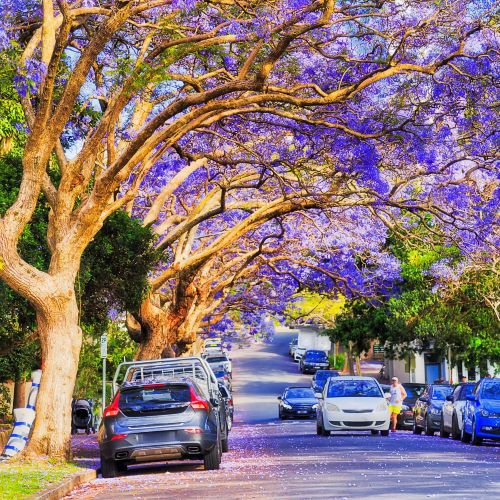23 July 2025

Researchers at the University of South Australia are calling for a major shift in how cities manage tree root intrusions into household sewer systems that cost millions of dollars in repair bills each year.
A new study by UniSA’s Sustainable Infrastructure and Resource Management (SIRM) team reveals that current maintenance strategies are falling short, resulting in repeated pipe blockages, environmental contamination, and mounting damage bills.
Instead, the engineering researchers propose a smarter, preventative approach using predictive analytics to identify high-risk areas before damage occurs.
In a new paper published in Sustainability, the UniSA team reviewed global literature and maintenance practices, concluding that removing tree roots using mechanical and chemical measures is not the best solution. Roots can grow back, and the damage is costly to fix.
In Adelaide alone, SA Water reported more than 30,000 cases of tree root intrusion in 2020, accounting for nearly 60% of all sewer failures. Each year, the utility spends approximately $5 million on repair works and maintenance caused by blocked sewer pipes.
Tree root intrusions are a global headache, costing countries millions of dollars each year. Worldwide, remediation options include mechanical and chemical techniques to clear pipe systems and control root growth, as well as proactive approaches such as planting trees well clear of pipes.
But the traditional responses are only temporary fixes, according to UniSA Water Science and Engineering Professor Chris Chow, a senior author on the paper.
“Tree roots are the most common cause of pipe failures in many cities around the world,” Prof Chow says.
“The challenge is that cutting roots or applying chemicals are not permanent solutions. The chemicals can contaminate the soil, and the roots often grow back more aggressively.”
Instead, his team is advocating for a predictive approach, analysing key risk factors – such as pipe age, material, diameter, soil type, tree species and climate conditions – so that water utilities can model where tree root problems are most likely to occur.
“It’s essentially an early warning system,” says lead author Oliver Yang, a Master of Research graduate at UniSA.
“We can map out high-risk zones and guide smarter planting choices, better pipe materials and targeted maintenance,” Yang says.
While predictive models already exist for pipe failures based on material or age, few incorporate environmental or vegetation factors. This gap is significant, the researchers say, given the complex interactions between roots, soil, moisture and infrastructure.
Fast growing species such as eucalyptus, poplars, willows, jacarandas and desert ash are particularly aggressive, with root systems that can spread many metres in search of water – especially in dry or compacted soils.
Trees such as hackberry, varnish or lacquer species, brush box, willow myrtle and kurrajong trees are less intrusive and better choices for street planting.
“Globally, cities are spending millions each year fixing the same problems over and over,” says Yang. “With the right data and modelling, we can address this, saving money, protecting infrastructure and still enjoying the benefits of urban greenery.”
The researchers are calling for more region-specific studies and the development of locally-calibrated predictive tools that incorporate tree, pipe, soil and environmental factors.
‘Review of Root Intrusions by Street Trees and Utilising Predictive Analytics to Improve Water Utility Maintenance Strategies’ is published in Sustainability. DOI: 10.3390/su17125263
…………………………………………………………………………………………………………………………
Researcher contact: Oliver Yang M: +61 401 857 790 E: chizhengping.yang@mymail.unisa.edu.au
Media contact: Candy Gibson M: +61 434 605 142 E: candy.gibson@unisa.edu.au




